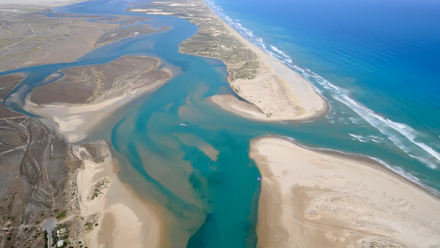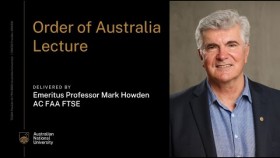'A furphy': Gaping hole found in Murray River pledge, paper finds
Promises to keep the mouth of the Murray River open to the sea to meet salt removal and other environmental goals are impossible to achieve and will likely become more so as the climate warms.
A research paper by the Wentworth Group of Concerned Scientists has found the pledge to keep the Murray mouth open 95 per cent of the time without dredging - as stated in the $13 billion Murray-Darling Basin Plan - was based on modelling that failed to account for the Southern Ocean's role in moving sand to block the flows.
Bruce Thom, an Emeritus Professor at Sydney University and lead author of the paper in River Research and Applications journal, said the omission was stark not least because the region is "one of the most high energy exposed beach coasts in the world".
Barrages built in the 1930s and 1940s to regulate flows have been closed for a third of the time since 2007. Of the barrages' 593 gates, fewer than 10 have been open 70 per cent of the time, the paper found.
The flows are "just not happening ... it's a furphy," Professor Thom said. "The sand is winning and it will continue to win as sea levels rise [with climate change]".
The debate over the health of the management of the Murray's mouth and nearby lower lakes has been one of the most contentious in the basin.
Irrigators and politicians in upstream states of Victoria and NSW have argued for the lakes to become more saline by letting more tidal flows enter the mouth - assuming it can be left open.
In doing so, they argue, more freshwater can be retained higher up in the basin to grow cotton, rice, nuts and other crops.











